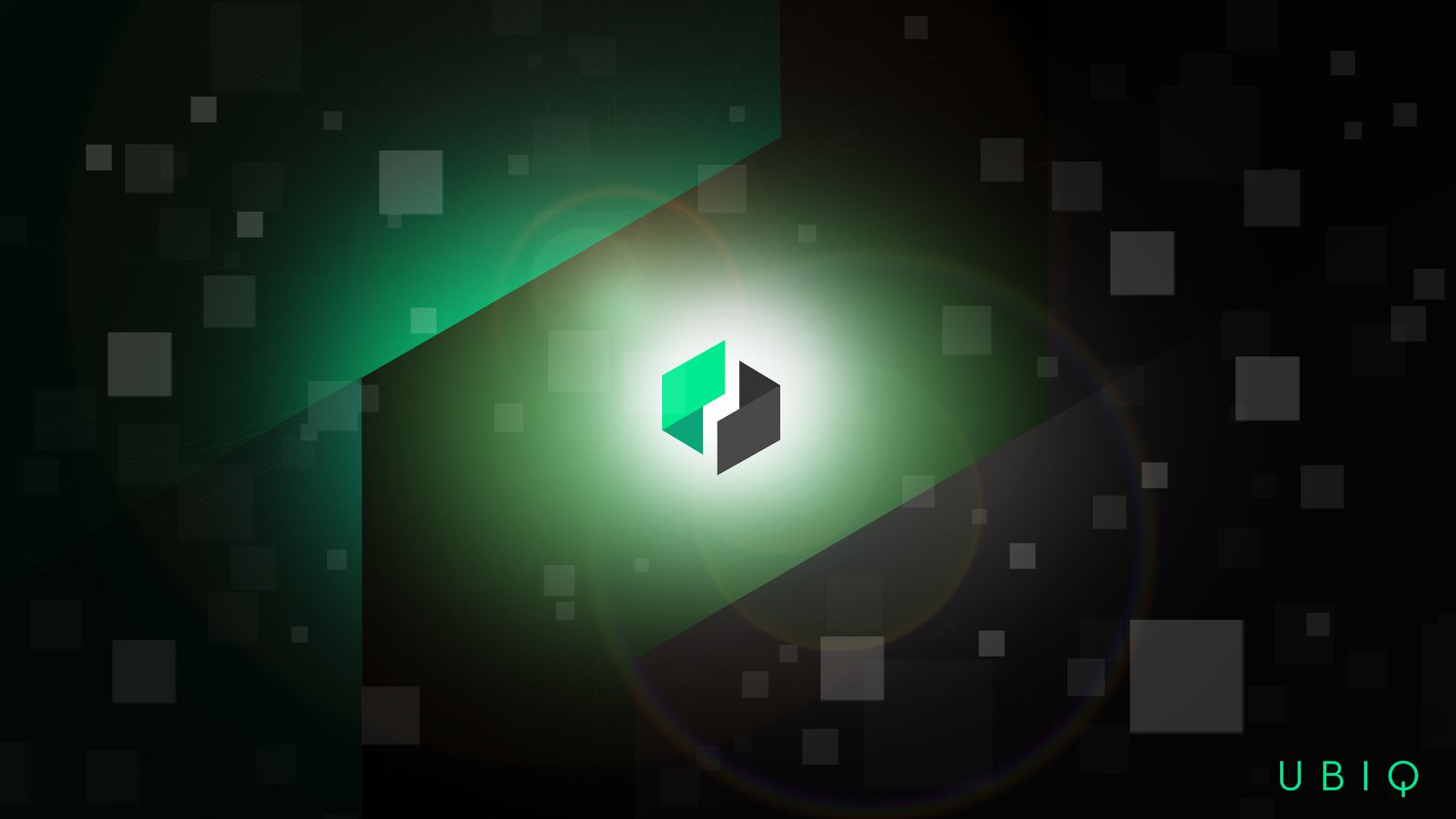Smart contracts are the next major frontier for blockchain technology development. Automating as many tasks and business processes as possible will eventually lead to a trustless ecosystem. As such, it is good to see different smart contract projects compete with one another. Ubiq is a decentralized platform focusing on smart contracts and dApps, making use of an improved Ethereum code base. The associated token offers some interesting functionality as well.
What is Ubiq?
On paper, Ubiq is a competitor to every other smart contract project in the world of blockchain technology. The goal is to reach a globally-distributed ledger with a supercomputer-like capacity. Developers can build and create automated solutions to complete thousands of daily tasks. Removing the need for centralized intermediaries is a smart decision, even though doing so may prove slightly more difficult than originally anticipated.
How Does it all Work?
There are many aspects of Ubiq which could prove appealing to the masses. First of all, there is a desktop wallet as well as a browser-based client for users to enjoy. Additionally, Ubiq has a dedicated hardware wallet, which is pretty interesting. As one would expect from any platform with native smart contract technology, there is a native language to take into account. In this case, it is the Go-Ubiq language, which should not be all that difficult to learn, all things considered.
Even though the team claims to have a native hardware wallet, it’s important to note that they are talking about the Ledger Nano S. It does support the UBIQ token, and thus their statement is factually correct. However, there is no such thing as a self-developed hardware wallet for Ubiq, and some people may be confused by the language used at first. On the technical side, with a block time of just 88 seconds, Ubiq is certainly poised to process transactions fairly quickly.
As with any smart contract technology, users can also create their own Ubiq-based tokens on top of this ecosystem. It is quite similar to how Ethereum, NEO, and similar projects work as of right now. Doing so does require a fair bit of technical skill, as outlined in a recent blog post. It is evident there is still a lot of work to be done in regards to building up the Ubiq ecosystem, as things are far from user-friendly as of right now. That situation will improve in the future, though.
The Purpose of the UBIQ Token
In making the name of the token the same as the network itself, Ubiq has made a smart decision. For the time being, the former is mainly limited to being used on exchanges and for paying network transaction fees. In further iterations of this blockchain ecosystem, the token will also be used to pay for computational services on the network itself. As more dApps are developed in the future, the number of use cases for this token will increase as well.
What Lies Ahead for Ubiq?
The way things are looking right now, there is still a lot of work to be done before Ubiq becomes a worthwhile project for people to actively use. Although the concept appears solid, there is no official roadmap on the website, even though one can be found in the Slack channel. Without an official roadmap for the public to see with relative ease, it remains to be seen how people will respond to this project. More public and transparent communication is certainly something for the Ubiq team to work on.

